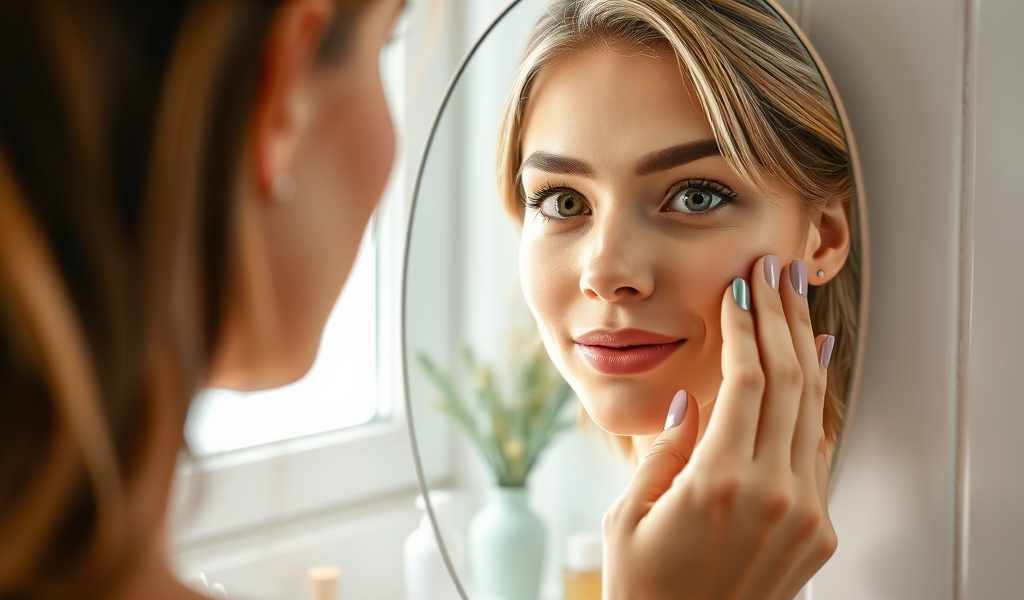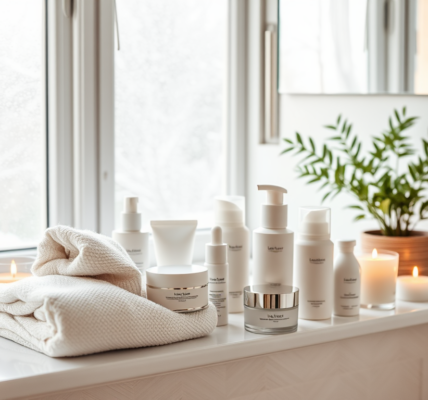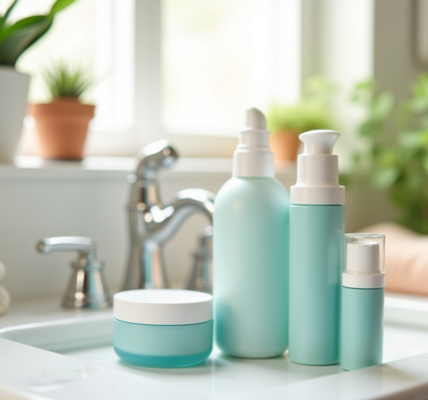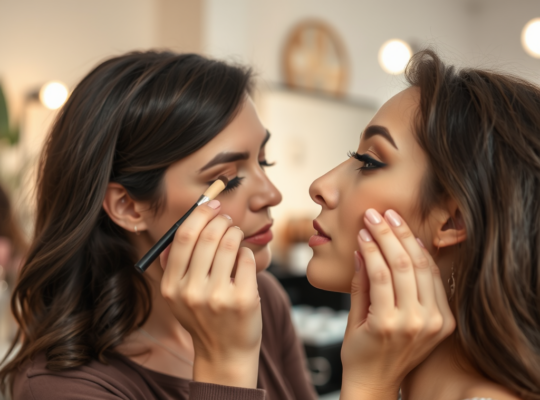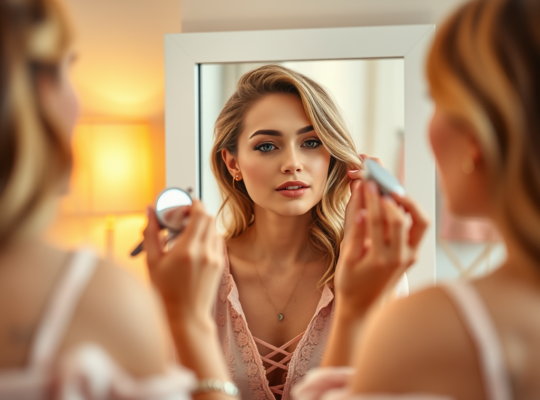Our skin often tells a story, reflecting not only our external care but also the internal workings of our bodies. Blemishes serve as signals of underlying health issues, requiring a closer examination of their causes. These unwelcome visitors can stem from a variety of sources, blending both environmental influences and our personal habits. A deeper understanding of blemishes can guide us in better skincare practices, potentially preventing future outbreaks. Whether it’s acne, dark spots, or scars, knowing the science behind each blemish can reveal much about our skin’s health. Hence, this article dives deep into the world of blemishes, exploring their origins, types, and effective management techniques.
The Anatomy of the Skin

Understanding the structure of our skin is essential to appreciating how blemishes form. The skin is a complex organ that comprises three main layers: the epidermis, dermis, and subcutaneous tissue. Each of these layers has unique functions and plays a crucial role in maintaining skin health. The epidermis, the outermost layer, serves as a barrier to protect against environmental damage and pathogens. Below it lies the dermis, containing blood vessels, nerves, and connective tissue that support the skin. Meanwhile, the subcutaneous layer helps insulate the body and provides cushioning.
Common Causes of Blemishes

Blemishes are not merely cosmetic issues; they arise from various factors, both internal and external. Recognizing these causes is vital for effective management and prevention. Below are some of the most common causes contributing to blemishes:
- Hormonal Changes: Fluctuations during puberty, menstruation, or pregnancy can increase sebum production, leading to acne.
- Diet and Lifestyle: A diet high in processed foods and sugars can trigger inflammation that exacerbates blemishes.
- Environmental Factors: Pollution, UV exposure, and allergens can irritate the skin, leading to various blemishes.
The complexity of our skin’s microbiome also plays a significant role in blemish formation. The skin hosts various bacteria, and an imbalance can lead to skin issues. For instance, an overgrowth of certain bacteria can cause inflammatory acne, which is more challenging to treat than non-inflammatory types.
The bacteria living on our skin—known as the skin microbiome—are essential for maintaining skin health. While some bacteria are beneficial, others can cause various skin problems. An imbalance in this ecosystem can open the door to increased inflammation and the development of acne. Henceforth, nurturing your skin’s good bacteria is as crucial as providing external care. Maintaining a balance can mitigate blemish formation and support overall skin health.
Types of Blemishes and Their Characteristics
Each type of blemish carries its own unique characteristics, demanding specific attention and care. Below are some common types.
| Blemish Type | Description | Treatment Options |
|---|---|---|
| Acne | Includes both non-inflammatory types like blackheads and whiteheads, and inflammatory types like papules and pustules. | Topical treatments, oral medications, and lifestyle changes. |
| Dark Spots | Result from sun exposure, hormonal changes, or post-inflammatory responses. | Serums, chemical peels, and sun protection. |
| Blemish Scars | Can be either atrophic (depressed) or hypertrophic (raised) scars from previous blemishes. | Laser treatments, microneedling, and dermal fillers. |
Grasping the differences between these blemishes is essential when selecting a treatment approach tailored to your needs. For instance, while acne often requires a dedicated skincare routine, dark spots may benefit from targeted treatments aimed at pigmentation reduction. Understanding the underlying cause can thus lead to effective solutions.
Skincare Routines for Healthy Skin
Implementing a consistent skincare routine can dramatically change the condition of your skin. A few fundamental practices are crucial to maintaining healthy skin and minimizing blemishes:
- Cleansing: Use a gentle cleanser to remove impurities while avoiding irritation to the skin.
- Moisturizing: Hydration is key to maintaining the skin barrier and preventing dryness-related blemishes.
- Exfoliation: Regular exfoliation helps clear dead skin cells, promoting cell turnover and minimizing breakouts.
Each of these practices plays a pivotal role in nurturing your skin. Choose products suited to your skin type, considering factors like oiliness, sensitivity, or dryness. Skincare is not one-size-fits-all; rather, it requires a tailored approach.
Another fundamental aspect of skincare that cannot be overlooked is sunscreen. Daily application of broad-spectrum sunscreen protects the skin from UVA and UVB rays, which can contribute to pigmentation and premature aging. Sun protection is particularly crucial for those currently treating acne or dark spots, as sun exposure can exacerbate these conditions. A reliable sunscreen can prevent further skin damage while allowing the healing process to proceed without interference.
When to Seek Professional Help
While many blemishes can be managed at home, it’s essential to recognize when professional help is necessary. If treatments aren’t yielding expected results, or if you’re experiencing persistent or painful blemishes, consulting a dermatologist is advisable. Early intervention can mitigate the progression of skin issues, leading to better long-term outcomes.
- Signs to Consult a Dermatologist:
- Blemishes that do not improve with over-the-counter treatments.
- Severe acne causing significant discomfort or scarring.
- Frequent breakouts affecting confidence and quality of life.
- Common Treatments:
- Topical retinoids, which promote skin cell turnover.
- Chemical peels aimed at exfoliating the skin.
- Laser therapy targeting specific skin concerns.
Conclusion
Exploring the science behind blemishes not only helps illuminate their causes but also equips us with the knowledge to maintain optimal skin health. By understanding how different blemishes form and recognizing their types, we empower ourselves to take proactive steps towards healthier skin. Implementing a tailored skincare routine, addressing dietary choices, and being mindful of environmental factors are all effective strategies in minimizing blemishes’ impact. Ultimately, nurturing our skin through informed practices is essential for enhancing our natural beauty and confidence.
Frequently Asked Questions
- What causes blemishes? Blemishes can be caused by hormonal imbalances, genetics, poor diet, environmental factors, and improper skincare.
- Are all blemishes the same? No, blemishes can vary in type and severity, including acne, dark spots, and scars, and may require different treatment approaches.
- How can I prevent blemishes? A proper skincare regimen, balanced diet, adequate hydration, and sun protection can help prevent blemishes.
- When should I see a dermatologist for blemishes? If blemishes are persistent, painful, or worsening despite at-home treatments, it’s time to consult a dermatologist.
- Can stress contribute to blemishes? Yes, high-stress levels can trigger hormonal changes that may lead to increased oil production and acne outbreaks.
